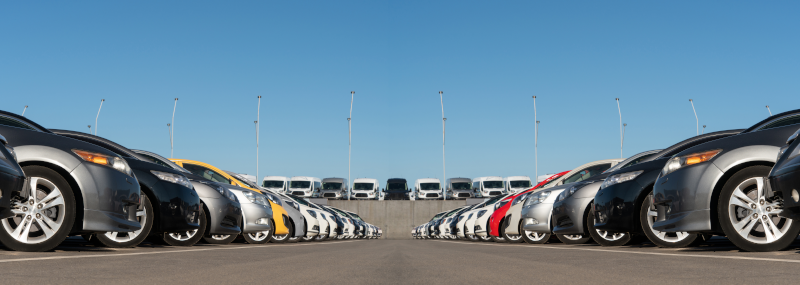What’s a car lease, and how do vehicle leases work?
Leases usually involve strict rules or terms, including how many miles per year you’re allowed to drive the vehicle, maintenance requirements, penalties for too much wear-and-tear on the vehicle, and penalties for driving more miles than your lease term allows.
With many leases, you have the option of buying the car at the end of the lease term.
Pros of leasing a car
- You get to drive a new car every few years
- You might get a lower monthly payment than with a vehicle financed with a loan
- You might be able to make a lower down payment on the vehicle with a lease compared to buying with a car loan
- You get the flexibility of not being tied to your car long-term
Cons of leasing a car
- You risk having to pay a penalty if you drive more miles than your lease allows
- Your monthly car payments don’t count toward ownership of the car at all
- You risk having to pay a penalty if your car gets too much wear-and-tear, like scratches, dents, dings, or upholstery stains or tears
- If you need to get out of the lease early, you may have to pay a penalty
Should you lease or buy a car?
Leasing a car might make sense if:
- You plan to keep your car less than 3 years
- You don't drive much. Most lease agreements allow between 10,000–15,000 miles per year
- Your driving and lifestyle will amount to minimal wear and tear
Buying a car might make sense if:
- You own cars for more than 3 years
- You drive more than 15,000 miles per year
- Your driving or lifestyle results in wear and tear—like significant dents, dings, or damage to upholstery
Can you lease a used car?
You might also have an opportunity to take over someone else’s existing lease on a car, which could allow you to avoid having to make a down payment.
Regardless, the same pros and cons apply to leasing a used car as they do to leasing a new one.


